Description
Latin Name: Populus deltoids
Common Names: Cottonwood, Eastern Cottonwood, Necklace Poplar, Eastern Poplar
Mature Size: Cottonwood trees typically reach heights of 50-80 feet (15-24 meters), occasionally growing up to 120 feet (37 meters) tall. They have a round, wide crown and a large root system that does not produce root suckers. Sticks stuck in the ground can potentially take root and grow into new trees (Missouri Botanical Garden).
Soil and Climate Requirements: Best suited for consistently moist soils but also adapts well to average, well-drained soils. Cottonwoods thrive in full sun but can tolerate some drought. Native to North America, primarily around the Great Plains (Missouri Botanical Garden).
Notes: In early spring, before the leaves emerge, Cottonwoods produce small, inconspicuous flowers. Male flowers are reddish, while female flowers develop into “dehiscent capsules” that split open when mature, releasing cottony seeds with soft, white hairs that aid in wind dispersal (Missouri Botanical Garden). Young trees feature smooth, yellowish-gray bark (Virginia Tech), which matures to a dark gray-brown color with a rough texture. Leaves are triangular and ovate, 3 to 5 inches (7-13 cm) long, dark green with a glossy sheen, and have rough-toothed edges. They turn yellow-gold in autumn. Cottonwood wood is known for its weakness (Missouri Botanical Garden).
Potential Issues: Cottonwoods are susceptible to various problems including leaf spots, dieback, powdery mildew, rusts, and cankers. Common pests include caterpillars, borers, scale insects, and aphids (Missouri Botanical Garden).
Wildlife Value: Seedlings and young Cottonwood trees are browsed by rabbits and deer. Beavers use saplings and poles for both food and dam construction.
For more information, visit:
- Virginia Tech Dendrology: [link]
- Missouri Botanical Garden: [link]

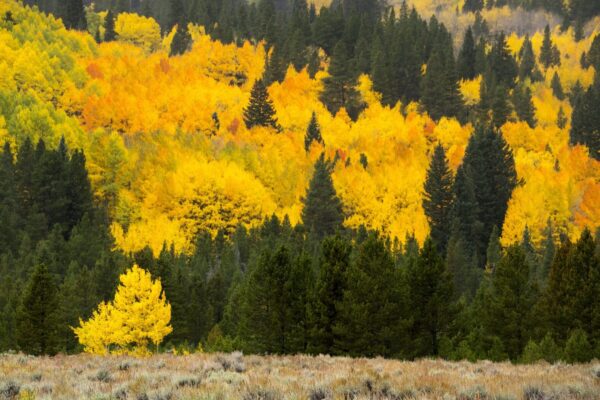
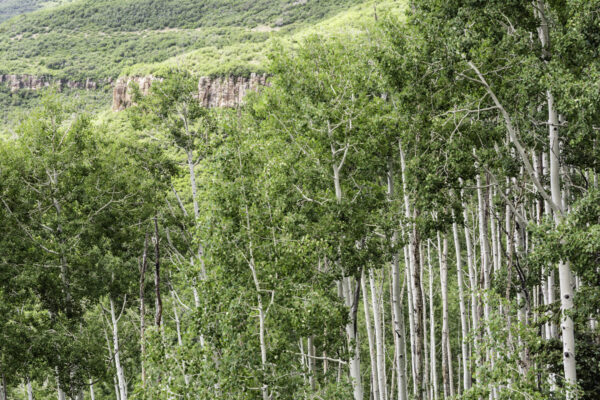
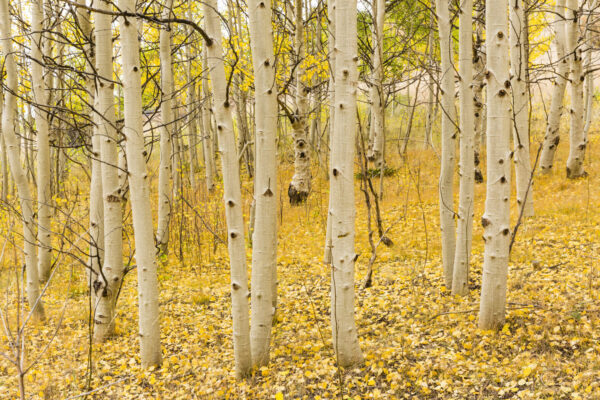
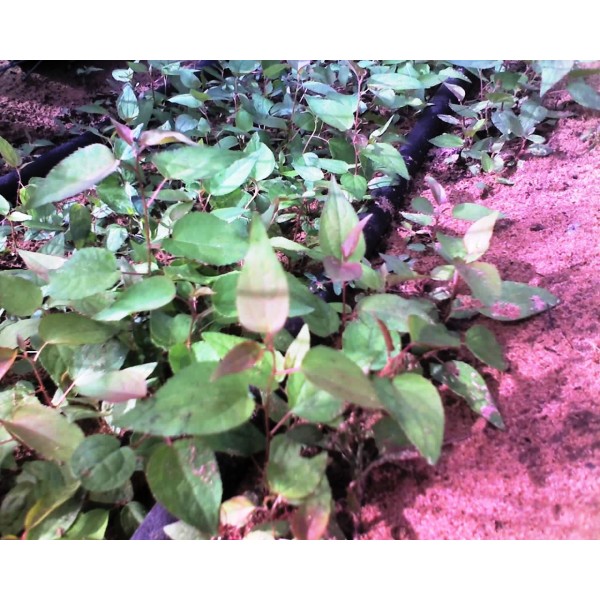
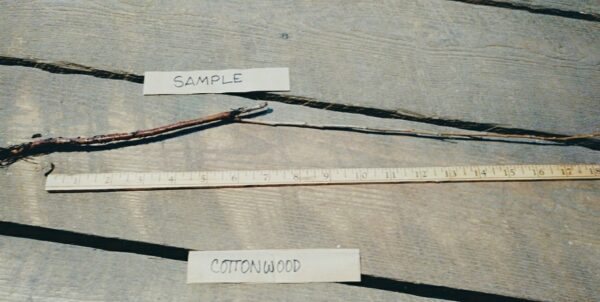
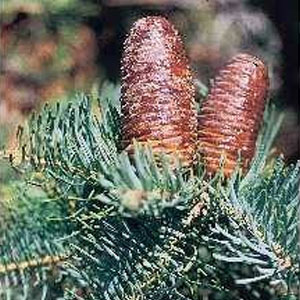
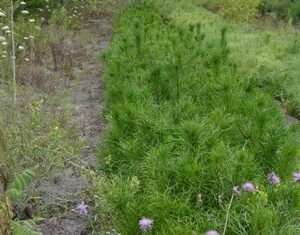
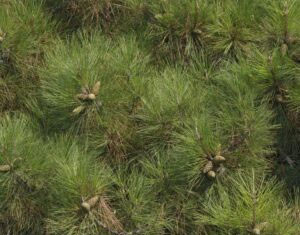
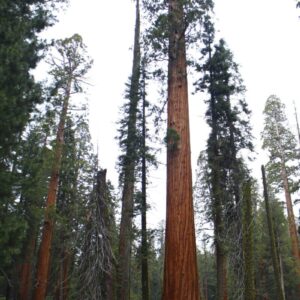
Reviews
There are no reviews yet.